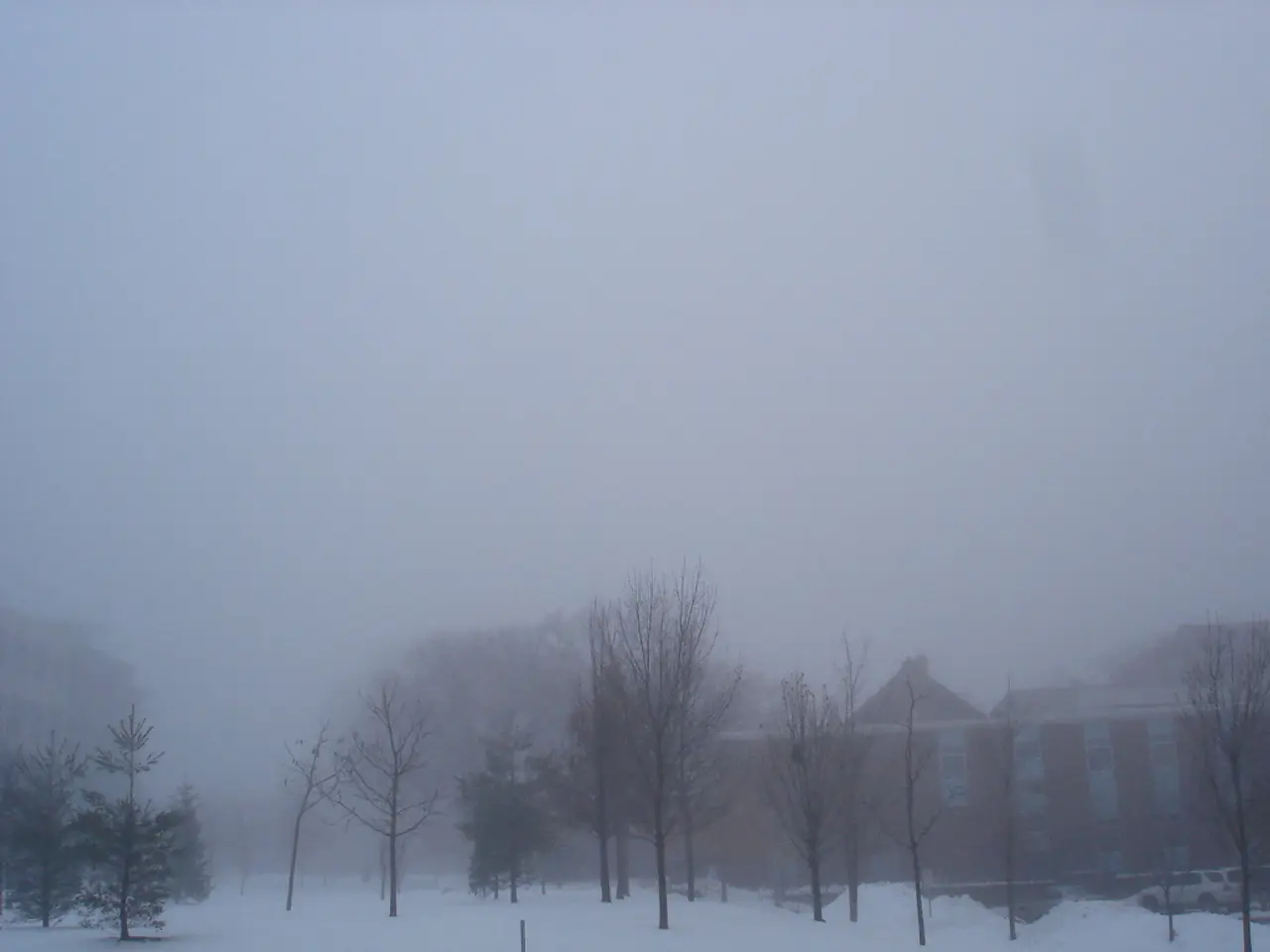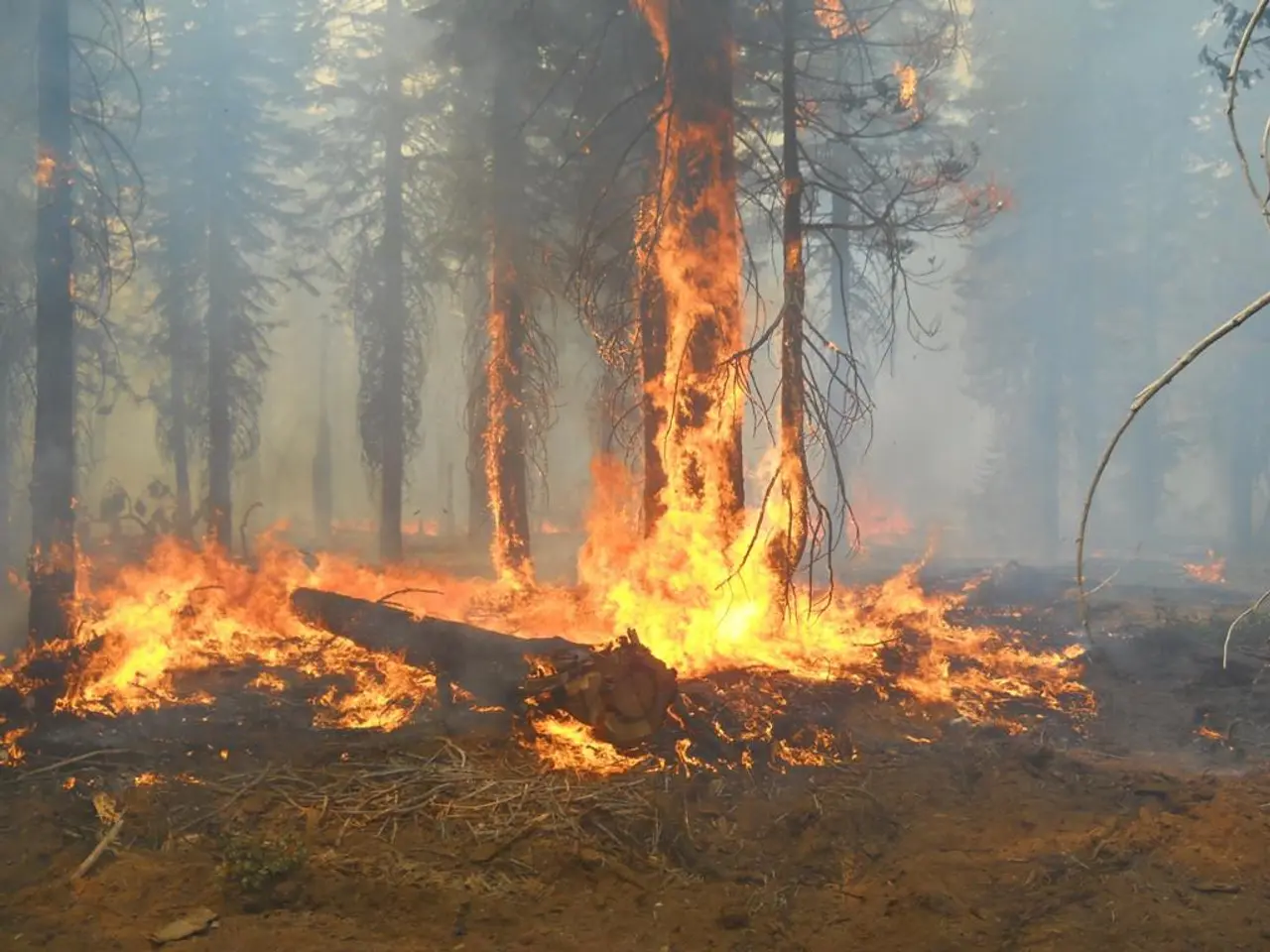Mandatory evacuation orders issued in Ontario and British Columbia, Canada
FacebookTwitterWhatsappE-MailPrintCopy Link
The wildfire crisis in Canada has spiraled, prompting additional evacuation orders in Ontario and British Columbia. On Monday, local authorities in both provinces instructed residents living in fire-prone areas to abandon their homes as a protective measure. Concurrently, firefighters are grappling with over 220 blazes, about half of which remain uncontrolled.
Last week alone, another 14 wildfires exploded onto the scene. The fires have left a trail of destruction across an astounding 3.2 million hectares, particularly in the heart of the country where a severe drought has taken hold.
Canada's troops established an aerial evacuation process on Sunday to rescue indigenous people from the Sandy Lake reserve in northern Ontario. By midday on Monday, approximately one-third of the 3,000 residents had been airlifted out, according to the reserve's chief, Delores Kakegamic. The operation, however, has been sluggish due to the challenges of departures and landings in the forest terrain.
Canadian military officials stated that "conditions in northern Ontario have drastically worsened," with the fire in Sandy Lake expanding to 40 kilometers in width within just 24 hours.
Background information:
As of early June 2025, widespread wildfires are affecting multiple provinces in Canada, resulting in significant displacement of communities and ongoing evacuations.
- Ontario: Firefighters are dealing with numerous fires from the northwest to other regions in Ontario, but the latest updates do not provide specific numbers for evacuations in this province. Ontario remains at Agency Preparedness Level 4 (APL 4), indicating heightened fire danger and considerable resource mobilization.
- British Columbia: Wildfire services in British Columbia are preparing for "extreme fire behavior" in the northeast. However, no recent evacuation figures for British Columbia are mentioned in current reports. Evacuations have indeed affected areas in the past, but no exact numbers are currently provided.
High Evacuation Numbers in Other Provinces:
- Manitoba: Approximately 21,000 individuals have been forced to evacuate due to the wildfires.
- Saskatchewan: Somewhere between 10,000 and 15,000 residents are still out of their homes in Saskatchewan.
- North America at Large: Total evacuees in Canada are over 25,000, although this figure may overlap with evacuations in Ontario and British Columbia.
National Wildfire Statistics:
- Active Fires: As of the latest information, there are currently 202 active fires across all of Canada.
- Fires so Far This Year: The Canadian Interagency Forest Fire Centre (CIFFC) has reported 1,746 fires nationwide this year, burning around 2.6 million hectares.
Key Takeaways:
- More than 25,000 individuals have been evacuated across Canada.
- Manitoba and Saskatchewan are the provinces with the highest number of evacuated residents.
- As of now, there are 202 active fires in Canada.
- The CIFFC has reported 1,746 fires throughout the country this year.
- Coordinated efforts are being made across provinces and international borders to manage the crisis.
In light of the growing wildfire crisis in Canada, various policymakers might need to reevaluate community and employment policies to provide support for evacuated residents and emergency workers. For instance, environmental science and climate-change policies could be revised to prioritize efforts towards reducing wildfire risks and recovery. Additionally, as the ongoing wildfires have resulted in a significant impact on weather patterns, meteorological science might also play a crucial role in predicting and mitigating future wildfires.








